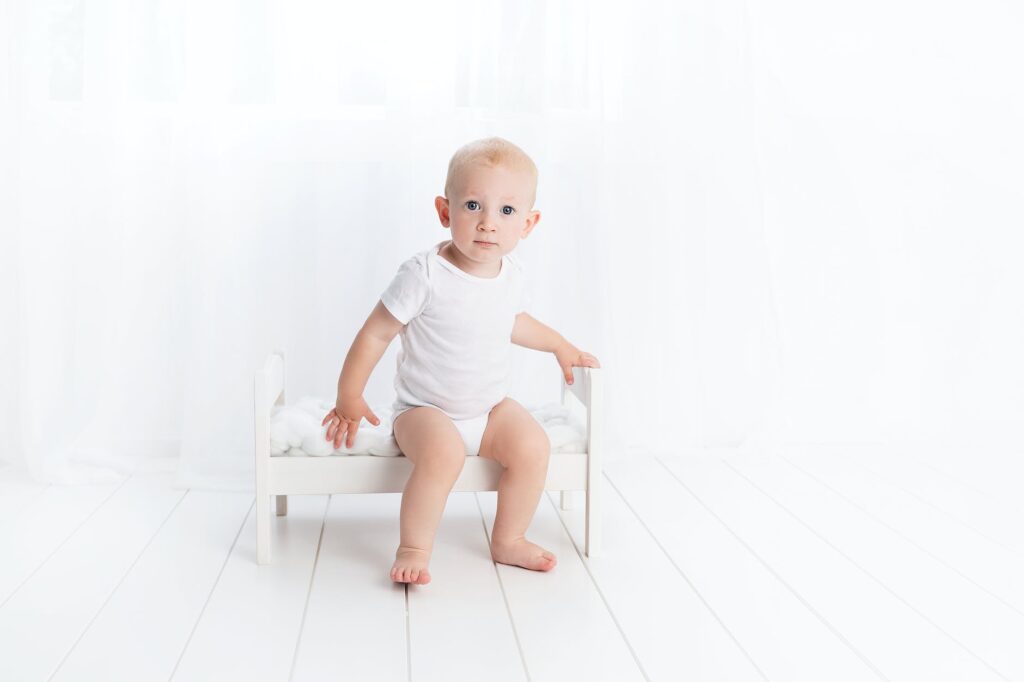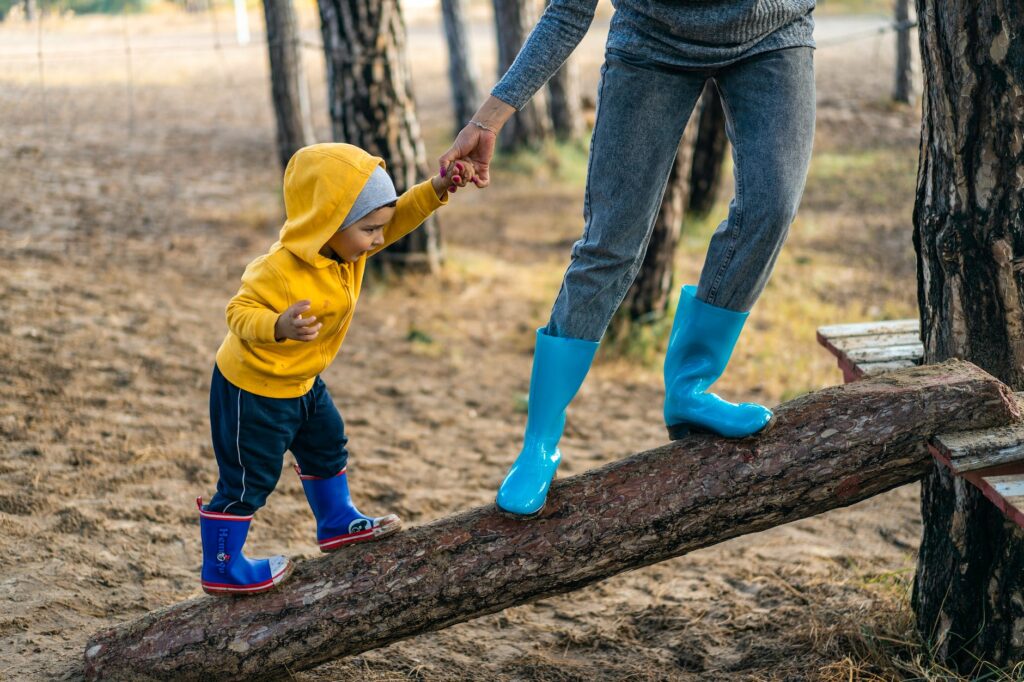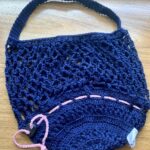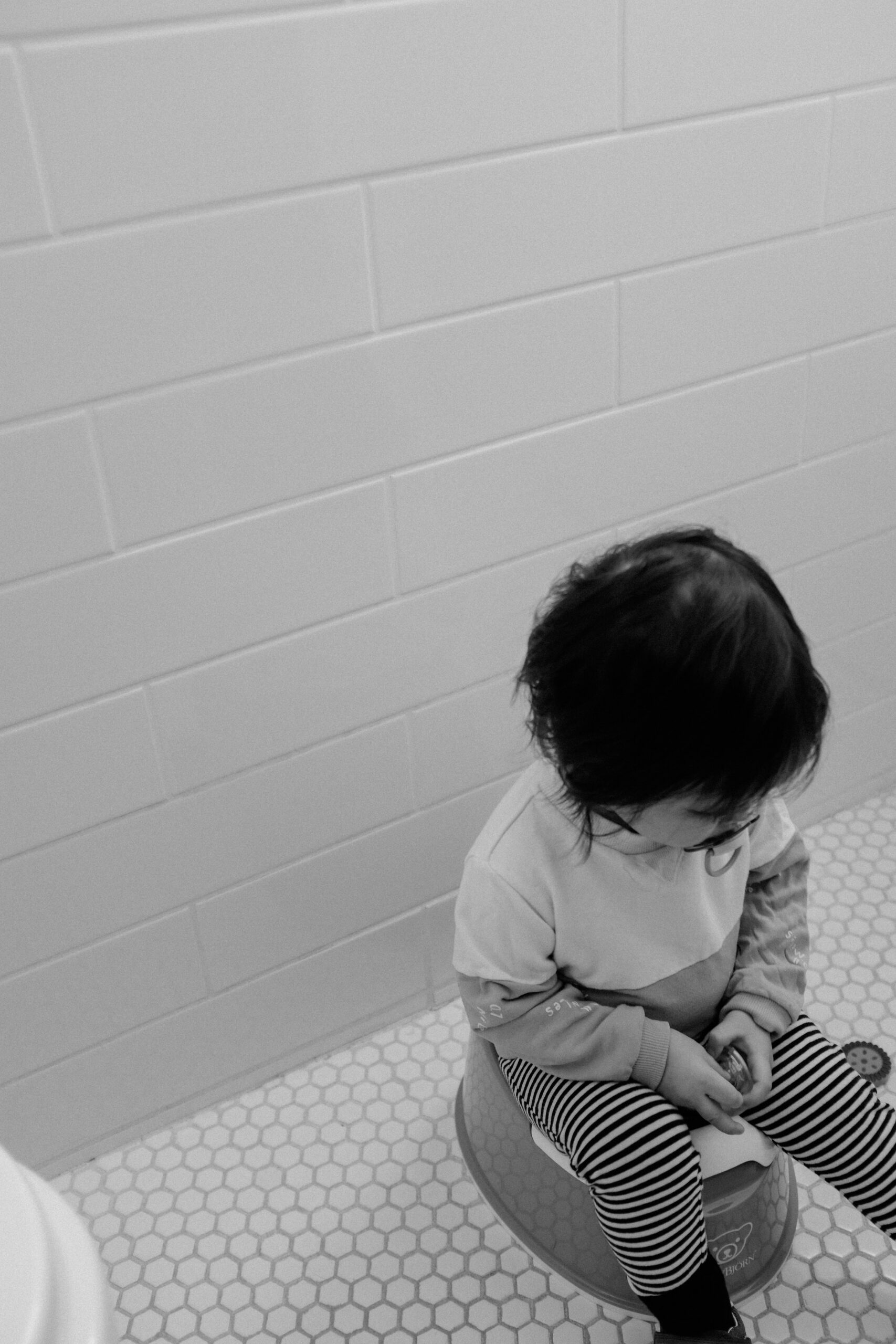I have seen a lot of babies in the “W” sitting position, especially when we go to playrooms, which I have never noticed in the past. But now, after hearing from many parents saying how bad it is, I can’t help but wonder why toddlers love the “W” sitting position.
Is “w” sitting bad for toddlers? Let us understand first what it means and why toddlers love that position. Knowing why a baby should not sit in “w” shape makes a lot of difference when teaching your child what is right from wrong.
“W” sitting meaning
When you see your child’s feet tucked under, with knees bent forward, and their bottom between their legs, that is what you call a “W” sitting position. You will notice that the child’s legs are out on either side and their knees are near or touching each other in this sitting position.
According to therapists, the “W” sitting position is usually seen in children ages 3 to 6. However, some say that even younger children sit in that position.

Why does my baby “W” sit
The reason that your baby “W” sits is that it is comfortable for her to sit in that position. As adults, it might be hard for you to sit in the “W” position. But for children, the “W” sitting position could make them more stable.
With the “w” sitting position, your child is using less of her core muscles, which allows for easier sitting. The sitting position allows for more coverage in the child’s base, so they need not balance their weight.
I noticed that when babies “w” sit, it is easier for them to move into the crawling position. It could probably be one reason why they like the sitting position. (This is just my opinion, though, and I did not find any research about it.)
Is “W” sitting bad for babies
Many claims that the “W” sitting position is bad for the children’s development. Some would tell the parents to correct their children’s way of sitting to avoid problems when the children grow up.
But, is the “W” sit bad for babies?
According to the Children’s Hospital Los Angeles Jackie and Gene Autry Orthopedic Center Hip Preservation Program Director, Rachel Goldstein, MD, MPH, the “w” sitting position is not really bad for your child’s development.
What becomes alarming is when your child stays in that position all the time. Sitting in the “w” position for a very long time could lead to problems with your child.
Being in the “w” position can cause the tightening and weakening of the muscles. Apart from that, your child can have problems with crawling or walking naturally. And because there is a decreased use of the lower extremities muscles, children have weaker core strength.
When should you worry
So is “W” sitting really bad for babies? The answer to that depends on the age and frequency of the action. When you notice your child is in the “w” sitting position for long periods, it is time to change her sitting habits.
Here are some things to take note of when you should worry:
- Weakening of the lower limbs
- Signs of limping
- Having trouble with motor skills development
- Pain in the hips, knees, ankles, and feet
- Having a hard time sitting in a different position
How to stop baby “W” sitting
If you are worried that the “W” sitting might be affecting your child’s development, there are ways to make it stop. However, occasionally, you might still see your child sitting in that position and that is fine.
Here are some ways you can correct baby “W” sitting:
Remind your baby to change her sitting position
Saying “sit properly” or any other way to help correct your child’s sitting position could be a tool to help her. Children need lots of reminding because sometimes they tend to forget our teachings.
Fix your child’s legs every time you will see her in the “w” sitting position
Sometimes, verbal cues are not effective, especially for younger children. By helping your child fix her legs while sitting, you can help teach her the right way to sit. I fixed my child’s legs many times before he stopped the “w” sitting position.
Provide a tool for your baby to sit on
You can give your child a stool or a toy to sit on to prevent her from getting into the “w” position. By sitting on the floor less, your baby is not tempted to sit in her favorite position.

Encourage gross motor skill plays
More gross motor play means sitting less. Let your child run, jump, and hop to encourage her to move more and avoid sitting in the “w” position. Best of all, you are helping with the development of your child both physically and mentally.

After countless times of reminding, my toddler seemed to have changed his sitting position. I seldomly see him now in the “w” sitting position. Hopefully, you can help change your child’s habit too by following these tips to correct the “w” sitting position.
The Takeaway
Knowing more about the “w” sitting position for babies helps you understand why they like being in that position. It helps that parents know when to worry or if to just let their child do what she likes doing.
If you are still confused or afraid that your child might be developing in the wrong way, better to check out with your pediatrician about what’s best for your child. There is nothing wrong with asking your child’s doctor about what to do.
I hope this post has helped you gain knowledge about the “w” sitting position. Stay tuned for more parenting hacks, tips, and tricks! Make sure to subscribe and follow to receive updates on how to parent your child.
Meanwhile, if you have any comments or suggestions, feel free to tell me via message or in the section below. Enjoy parenting!














2 thoughts on “Experts Explain Why Toddlers Love the “W” Sitting Position”